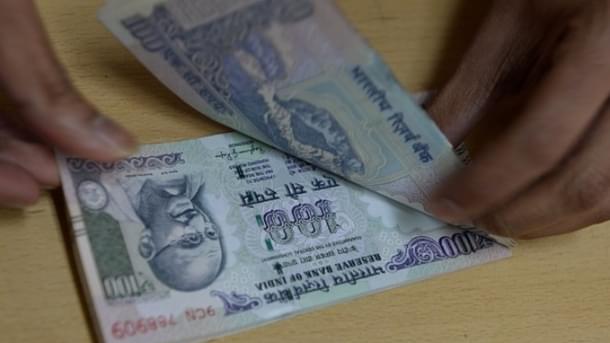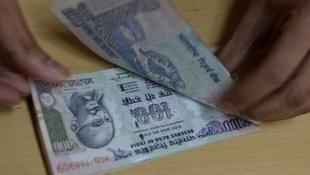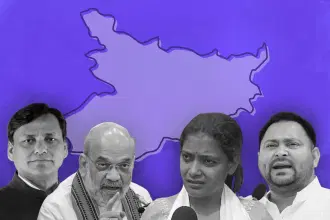Economy
Government Needs To Hasten Slowly On Panel Call To Double National Minimum Wage
R Jagannathan
Feb 15, 2019, 01:43 PM | Updated 01:43 PM IST
Save & read from anywhere!
Bookmark stories for easy access on any device or the Swarajya app.


On the face of it, there is nothing outlandish or unreal about a government-appointed committee’s report that wants to double minimum wages to a range of Rs 8,892-11,622 per month, depending on region and state. In terms of daily wages, the new minimum would range from Rs 342-Rs 447.
On an annual basis, the proposed new minimum works out to Rs 1,06,704-Rs 1,39,464, a range which wraps itself well around the net national per capita income of Rs 1,25,347 in 2018-19, as indicated by the Central Statistics Office in its first advance estimates of gross domestic product growth last month.
In the alternative, the committee, led by Anoop Satpathy, a Fellow of the V V Giri National Labour Institute, has suggested a single national-level minimum wage of Rs 9,750 per month, against the earlier minimum of Rs 4,576 per month, according to a Business Standard report. That works out to Rs 1,17,000 annually, marginally below the per capita national income figure.
In the Narendra Modi era, where formalisation of labour is a major trend, it is not surprising that minimum wages are being sought to be raised. Between demonetisation, goods and services tax, and the pressure to provide social safety nets for informal workers, monthly wage costs are already ratcheting upwards, with consequences for total employment. In fact, one can surmise that the strong growth in Employees Provident Fund Organisation (EPFO) subscribers is a direct consequence of this.
But we need to consider three short-term consequences of any move to accept the committee’s recommendations.
First, there could be an additional shrinking of the informal workforce, especially in states where enforcement of the minimum wage law is strong.
Second, the wages paid under MGNREGA are far below the new proposed daily minimum levels of Rs 342-447. Current minimum wages under MGNREGA range from Rs 210 in Jharkhand to Rs 326 in Haryana. This means the government’s employment guarantee programme will have to raise outlays by anywhere from 30-60 per cent depending on the state. It cannot but impact the fiscal math, assuming the scheme is to provide employment to as many as it does now.
Third, the secondary impact of raising minimum wages would be to give a broad push to wage inflation, as wages rise across the board. Formal sector wages that are already above the minimum will also find themselves being ratcheted up. If Narendra Modi gets a second term, he will find that the mixture of higher MSPs (minimum support prices) and higher urban and rural wages will fuel inflation – putting paid to its biggest achievement in its first term.
This, combined with the problem of the jobs crisis, will add up to a huge challenge from the next fiscal.
A better alternative may be to introduce the new national minimum wage in stages rather than in one sudden leap. This way the fiscal and inflationary fallout can be better managed politically and spread over two or three years.
But, on the face of it, the new minimum wage is not out of alignment with existing wage expectations in the formal sector. What it will do to informal sector jobs is another matter. It is best to tread cautiously.
A better idea would be to double the spread of MGNREGA to 200 days a year from the current 100 days, with some marginal wage hikes, thus providing better wage competition in the rural areas. This will impact rural incomes and wages better than trying to create a one-cap-fits-all kind of minimum wage programme.
At the core of it, any law to create a floor wage interferes with the labour market, and this can have negative consequences for jobs growth.
Jagannathan is former Editorial Director, Swarajya. He tweets at @TheJaggi.





